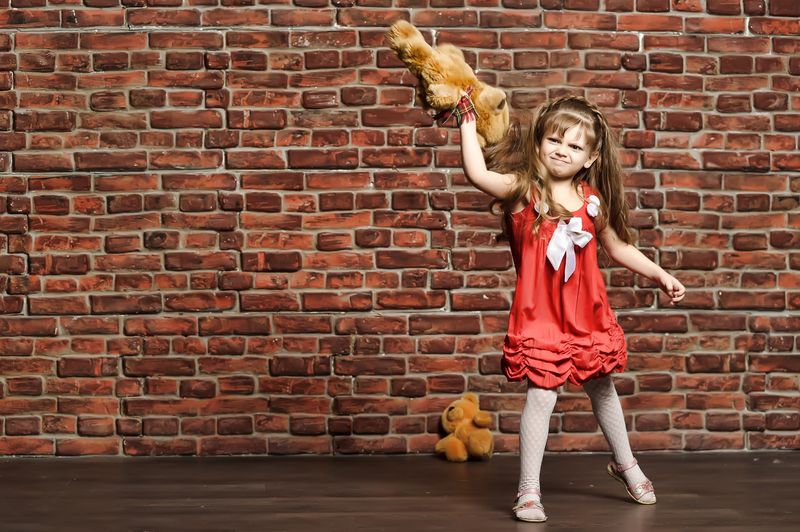
28 Feb How to Prevent Toddler Temper Tantrums at School

Your toddler is going through a stage. The “terrible twos” is what your friends and family call it. Embarrassing, is what you call it. Temper tantrums are complicated enough at home, but when the outburst is at a store or school, it takes on a whole new dimension.
According to the National Institute of Health, tantrums occur in 87% of 18 to 24-month-olds, 91% of 30-36-month-olds, and 59% of 42 to 48-month-olds. It is common for tantrums to happen at least once per day. Thankfully, they generally disappear by 5 years of age.
Why Do Children Have Temper Tantrums?
It’s important to determine why a child is having tantrums. You may find a trend that helps prevent them. Do they generally happen when your toddler is tired? Hungry? Uncomfortable? Frustrated?
Around age 2, toddlers are grappling with learning language. When they are feeling things they cannot express, a tantrum may ensue. Add the fact that they are beginning to desire independence, even though they aren’t ready for it, and you have a recipe for a tantrum.
How Do I Prevent Tantrums?
First of all, know that you simply cannot avoid tantrums altogether. They are a normal part of your child’s development. There are a few things you can do that will help modify your child’s behavior.
Clear, Consistent Rules
Your child needs clear expectations and consistent rules to understand acceptable behaviors.
Safe Environment
A safe, worry-free environment prevents conflict. For example, when you visit grandparents, make sure breakable items are safely out of reach.
Give Clear Directions
While it’s tempting to say, “Take off your coat and boots and put them by the closet,” your toddler isn’t quite ready for multi-step directions and this is likely to lead to frustration for both of you. Give clear directions, one at a time.
Say “Yes”
When your little one asks to go outside and your knee-jerk answer is, “no,” take a minute. Is there really a reason to answer in the negative? If you can say “yes,” to something, then say it!
Set a Good Example
Children practice what they see adults do. Using quiet voices, speaking calmly, moving slowly, and other desirable behaviors are learned by modeling others.
Help Your Child See How Their Actions Affect Others
Assist your child in observing the reactions of others to their behavior. For example, if they take a toy away from another child, help them see how sad that made their friend. Remind them how nice it is when friends are happy.
Stay Tuned…
Next month, Sugar Mill Montessori School’s blog will focus on how to deal with temper tantrums when they occur! Please bookmark this page so you won’t miss it!



Sorry, the comment form is closed at this time.